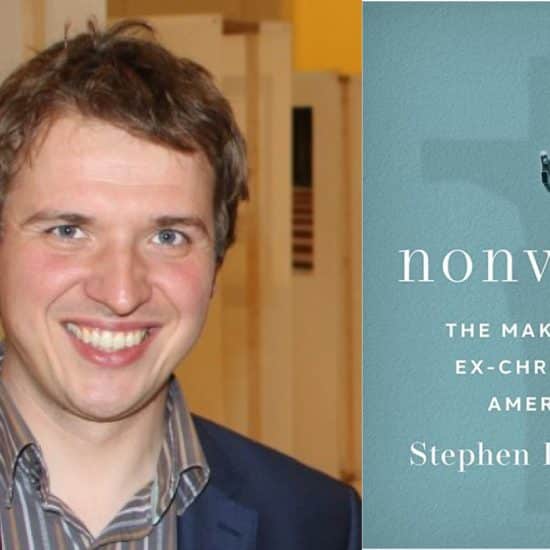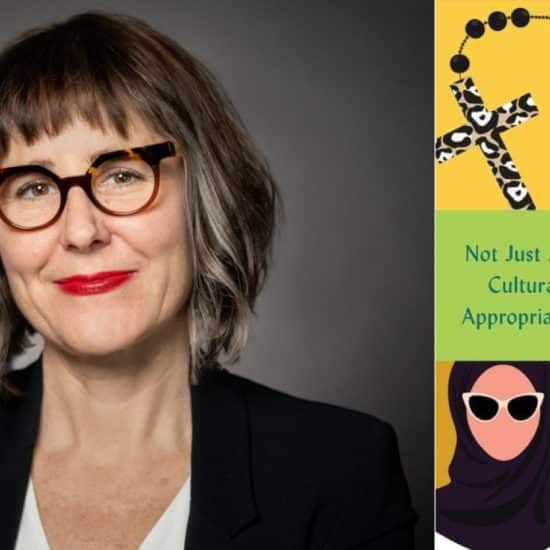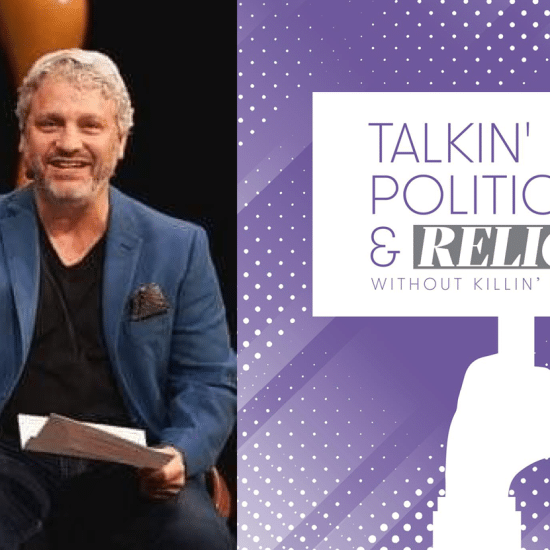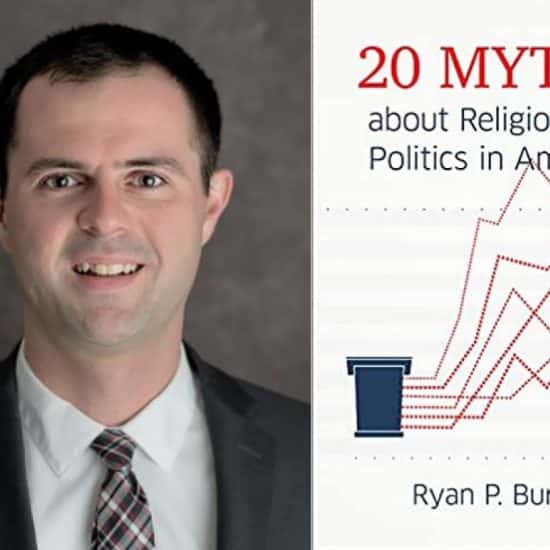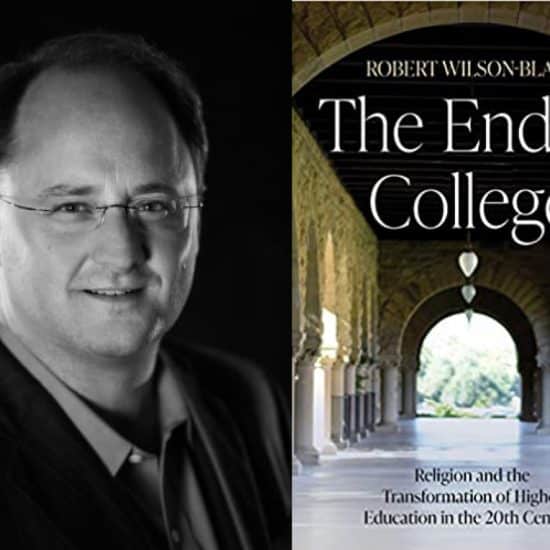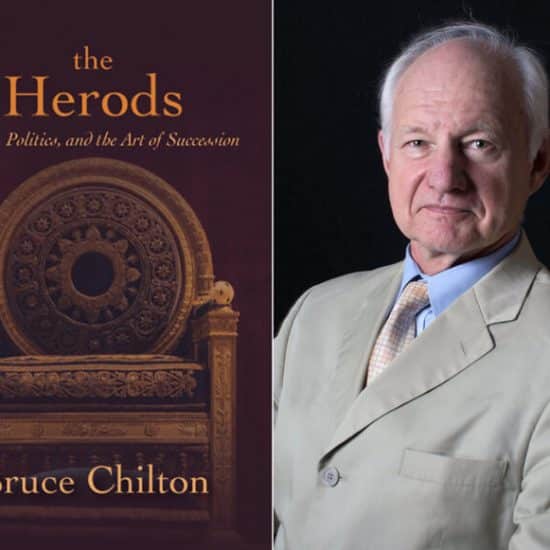Intense religious expressions in the U.S. remain stable, while moderate expressions are in decline, according to sociologists Landon Schnabel of Indiana University Bloomington and Sean Bock of Harvard University.
Their report, “The Persistent and Exceptional Intensity of American Religion: A Response to Recent Research,” published on Nov. 27, seeks to counter a widely held secularization thesis, which “asserts that as a result of ongoing modernization and the advance of science, religion will become increasingly irrelevant in public and private life.”
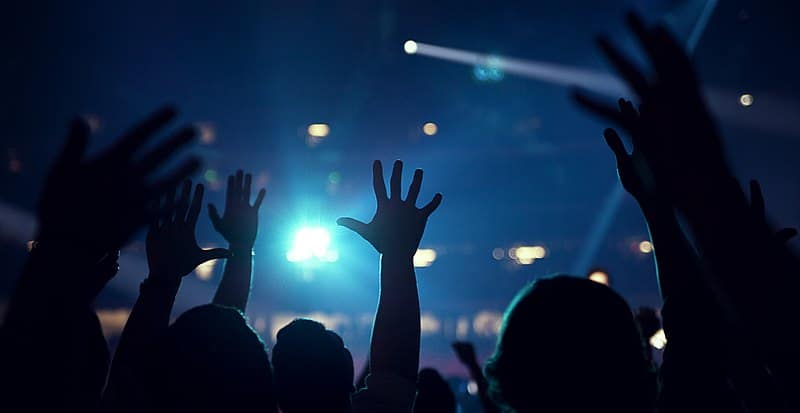 The percentage who attend a religious gathering multiple times a week has remained stable, while those who attend once a week or less has decreased and those who never attend has increased. (Flickr/Ricardo Camacho)Schnabel’s and Bock’s research suggests that while the U.S. is experiencing a decline in moderate religion, “intense religion [defined as “strong commitment, very frequent practice, literalism and sectarian affiliation”] in the United States is persistent and exceptional in ways that do not fit the secularization thesis.”
The percentage who attend a religious gathering multiple times a week has remained stable, while those who attend once a week or less has decreased and those who never attend has increased. (Flickr/Ricardo Camacho)Schnabel’s and Bock’s research suggests that while the U.S. is experiencing a decline in moderate religion, “intense religion [defined as “strong commitment, very frequent practice, literalism and sectarian affiliation”] in the United States is persistent and exceptional in ways that do not fit the secularization thesis.”
The percentage of persons with strong religious affiliations has changed little from 1986 to 2016, while the number of persons without a strong religious affiliation has decreased and the number claiming no affiliation has increased.
A similar trend was observed regarding religious event attendance and evangelical affiliation.
The percentage who attend a religious gathering multiple times a week has remained stable, while those who attend once a week or less has decreased and those who never attend has increased.
Similarly, evangelical affiliation has remained stable, while non-evangelical affiliation has decreased and persons with no affiliation have increased.
This means that intense religious expressions now make up a higher percentage of the religious affiliated. “In 1989, 39 percent of those with an affiliation were strongly affiliated … But in 2017, 47 percent of those with an affiliation were strongly affiliated.”
Such trends indicate that U.S. secularization is the result not of a universal decline in religious affiliation but specifically in moderate affiliation.
The authors suggest that this is driven, at least in part, by the politicization of religion by more intense adherents.
“The downward trend in average American religiousness may then be less the result of a society-wide fading of the importance of religion to people’s lives – which we would expect on the basis of the secularization thesis – and more a function of the politicization of American religion in the late 1980s following the rise of the Christian Right,” the report states. “This politicization of American religion may have … driven moderates out of religion but not necessarily decreased the intensity of American religion.”
Schnabel and Bock cite, as one example, mainline Protestant decline that “started shortly after evangelicalism rapidly grew and rose to prominence in the public sphere.”
The authors conclude the “persistent intensity of American religion in conjunction with the decline of moderate religion may produce a widening cultural gulf between rising secularists and persistently intense religionists. Subsequently, symbolic boundaries could become more clearly demarcated as there are fewer people to bridge the cultural chasm between the most and least religious Americans.”
The full report is available here.
This article originally appeared on EthicsDaily,com.

